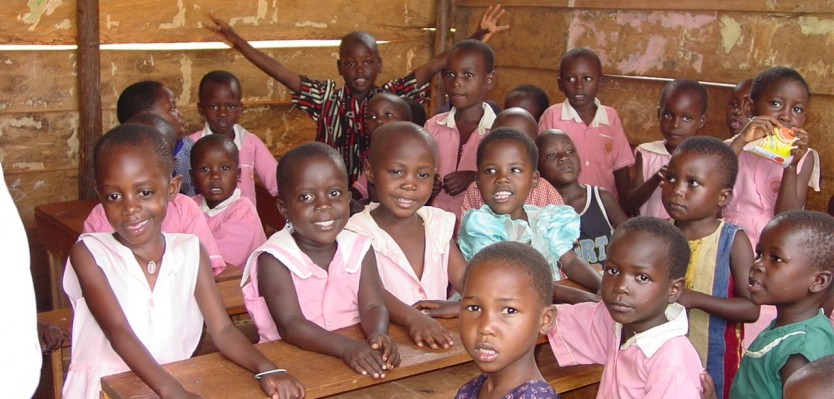
State of Children’s HIV
For the first time in the HIV/AIDS epidemic we are on the verge of eliminating mother-to-child transmission of the virus. In fact, CAFI is participating in the joint UNAIDS/UNICEF/PEPFAR “Countdown to Zero” campaign that has laid out a plan to eliminate new HIV infections among children by 2015 and keep their mothers alive.
Early in the pandemic a lot was not well understood–including transmission of HIV from mother to child. Programs focused nearly exclusively on research and support for infected children. In 1988, CAFI began a program to benefit both infected and affected children with the goal of addressing the full spectrum of related suffering. Even without antiretroviral (ARVs) medication available at the time, two thirds of children born to HIV positive mothers were not themselves infected, although all carried their mother’s antibodies at birth.
The 1991 landmark study—Protocol 076—revealing that the AIDS medication zidovudine (AZT) administered prenatally or at birth could essentially eliminate mother-to-child transmission. CAFI has joined with physicians, advocates and policy makers to lead the campaign for HIV diagnosis of pregnant women and newborns. Despite many objections to testing, New York state passed its historic “Baby AIDS” legislation in 1997 that required HIV testing of all newborns and identified over 98 percent of all HIV-exposed births ensuring that both mother and child received early diagnosis and care. In the years following, and as a result of CAFI’s leadership, HIV diagnosis of pregnant women became today’s global standard of care.
Since 2003, support for more than 16 million affected orphaned and vulnerable children has become a vital target of all effective programs. Focusing on life and livelihood skills, education, nutrition, security and prevention, CAFI programs have served more than 1 million infected and affected children in the US and sub-Saharan Africa over 25 years.
Once we eliminate mother-to-child transmission, the key will be to prevent infection for these precious children through any other means to ensure their healthy futures. The combination of these essential and critical steps, if implemented effectively, will bring us closer and closer to the dream of an AIDS-free generation becoming reality.


